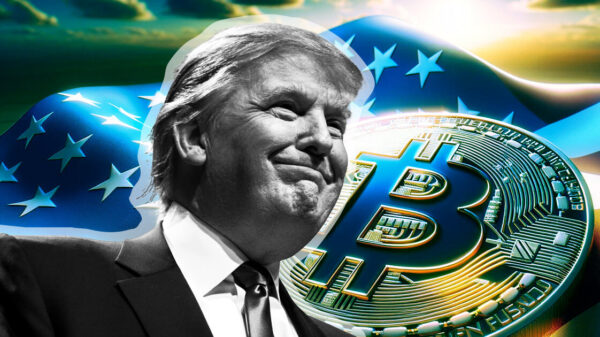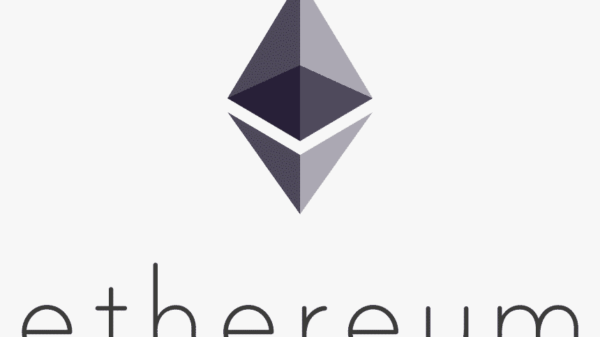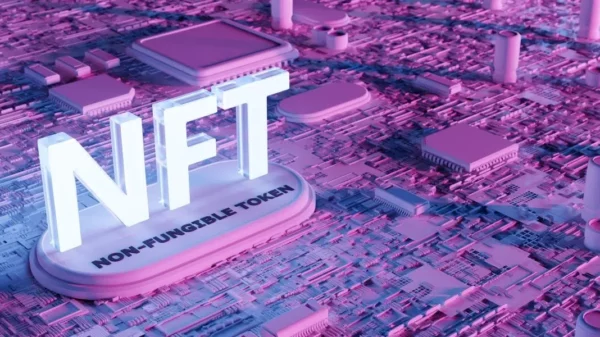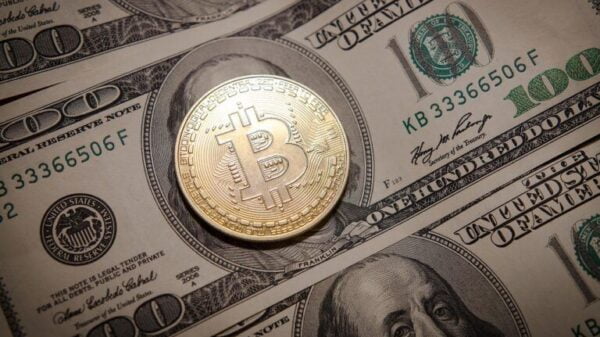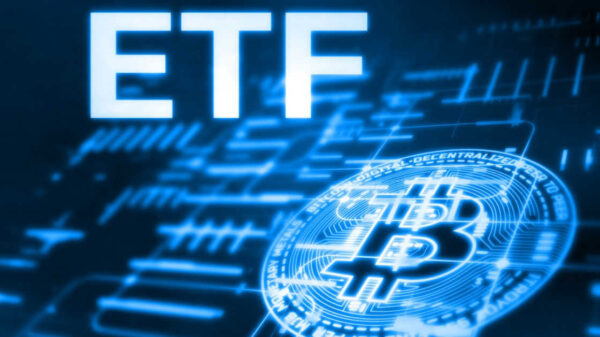In a soon-to-be-announced news, Mastercard will launch a new piece of software on Tuesday that aids banks in identifying and blocking transactions from fraudulent cryptocurrency exchanges.
The system, known as Crypto Secure, assesses the risk of criminal activity related to cryptocurrency exchanges on the Mastercard payment network using “advanced” artificial intelligence algorithms. The system makes use of information from multiple sources, including the blockchain, a public ledger of cryptocurrency transactions.
CipherTrace, a blockchain security startup that Mastercard purchased last year, powers the service. CipherTrace, a Menlo Park, California-based company, assists organizations and authorities in looking into unauthorized cryptocurrency transactions. Its primary competitors are the New York-based Chainalysis and the London-based Elliptic
The solution is being introduced by Mastercard against the backdrop of an increase in criminality in the emerging digital asset market. According to statistics from blockchain analytics company Chainalysis, the amount of cryptocurrency entering wallets with known criminal connections increased to a record $14 billion last year. The year 2022 has also seen a wave of high-profile cyberattacks and con games that target cryptocurrency investors.
Banks and other card issuers are presented with a dashboard on the Crypto Secure platform that has color-coded ratings for the likelihood of suspicious behavior, with red denoting “high” risk and green denoting “low.”
Crypto Secure does not decide whether to reject a certain crypto merchant. It is up to the card issuers to make that choice.
Similar technology is already used by Mastercard to stop fraud in transactions using fiat money. It is extending this functionality to bitcoin and other virtual currencies via Crypto Secure.
The move, according to Ajay Bhalla, president of Cyber and Intelligence Business at Mastercard, is intended to help its partners “remain compliant with the complicated regulatory landscape.” In an interview prior to the product launch, he stated that “the entire digital asset industry is now a really huge, considerable market.”
“The notion is that we want to be able to provide the same type of trust to digital asset transactions for customers, banks, and merchants that we do for digital commerce transactions.”
As more banks and payment providers enter the market with their own facilities for trading and holding digital assets, compliance has recently taken on increased importance in the cryptocurrency space. By introducing custody services for institutional clients this month, Nasdaq became the most recent reputable financial institution to follow Wall Street’s embrace of cryptocurrencies.
Governments on both sides of the Atlantic are working to enact new restrictions on the cryptocurrency industry, which has so far mostly escaped regulation. While the European Union passed ground-breaking crypto rules of its own, the Biden administration presented its first-ever framework for regulating the cryptocurrency business in the United States last month.
The world’s largest payments company is investing more heavily in cryptocurrency at a time when their prices are falling and their volume is drying up. Since the apex of a significant surge in November 2021, the market as a whole has lost about $2 trillion in value.
Since its near-$69,000 all-time high, the value of one bitcoin has dropped to less than $20,000, and in recent weeks, it has been difficult to move significantly beyond that level. Bhalla responded that the company was “focused on offering solutions to the stakeholders for the long term” when asked how the dips in cryptocurrency prices had affected Mastercard’s digital asset strategy.
“These are market cycles”, and he added that the cycles “come and go”. “I think you’ve got to take the longer perspective because this is a massive business right now, it’s changing, and it’s probably going to get much, much bigger in the future,” said the author.
Fraud still common in the space
Despite the decline in the value of digital tokens, crime in the sector has remained steady. Exploiting blockchain bridges, which are devices used to swap assets from one crypto network to another, has been a particularly popular means of defrauding cryptocurrency investors of their money this year. Since the beginning of 2022, breaches on these cross-chain bridges have cost about $1.4 billion, according to Chainalysis data.
Major financial services companies and cryptocurrency platforms are making investments in order to reduce the possibility of illicit gains being transferred through their systems in light of this. Due in part to the users on blockchain networks using pseudonyms, cryptocurrencies are sometimes condemned for their use in money laundering and other illegal activities.
However, the creation of fresh software tools has made it simpler to find the stolen property of cryptocurrency thieves. To evaluate data on open blockchains, businesses are using cutting-edge data science and machine learning techniques.
Additionally, Mastercard is attempting to keep up with its primary rival Visa, which has also made significant investments in the cryptocurrency market. Visa reported that it enabled $2.5 billion in transactions using cards connected to accounts at cryptocurrency exchanges during the company’s first fiscal quarter of 2022.
Visa established a crypto advising practice last year to help clients with everything from implementing cryptocurrency functionality to investigating non-fungible tokens.
The total dollar volume of fiat-to-crypto transactions from Mastercard’s network of 2,400 crypto exchanges was not disclosed. However, according to Bhalla, the credit card industry giant now handles “thousands” of transactions every minute.

